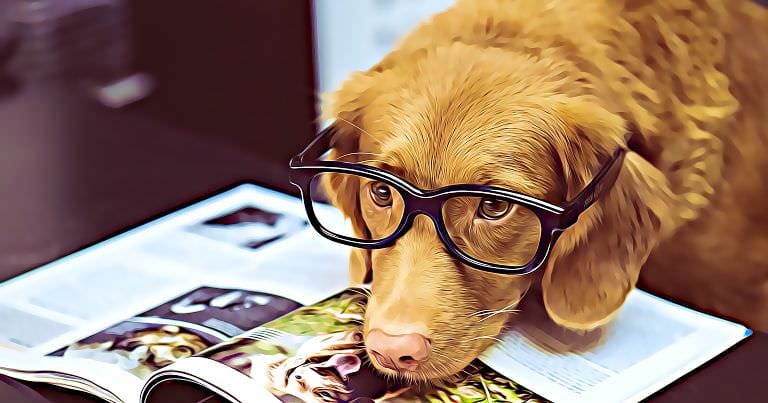How do we achieve successful dog training sessions?
Several aspects must be considered when setting ourselves, our dogs and our training when considering how to achieve dog training success.
It becomes more natural and automatic with practice, but where and how do we begin?
Understanding the elements to achieve success
Break down the whole training picture into separate elements. What would we have? There would be the environment and everything that is in it. Then, there would be our dog and their current ability/level and our level of experience with this particular behaviour.
There would also be how we plan the mini-goals in our training. Each of these plays a part in how successful our training will be. So, let’s look at each in a little more detail.
The Environment in which we are training
What makes an excellent training environment? How do you achieve dog training success? Of course, the answer to this question will always be – It depends!
If we start a new behaviour, somewhere quiet with few distractions would be great, perhaps the front room or hallway when no one else is home.
We are enabling our dog to focus on what we are doing more efficiently and build the behaviour.
Once we have it trained in our front room, we could then move our training into our garden. We are adding the smells and sounds of being outdoors but still have reasonable control over other dogs and people (hopefully!).
As we have moved to a new environmental setting, we would go back and go through the mini-goals again to help to generalise the behaviour into the new context.
After the garden, we could go through the following environments:- a large car park when it’s quiet, a park when it’s quiet, a park when a few people are in the distance, a park when it is busier, a park when it is bustling.
How many changes we go through would be decided by our dog’s ability and the behaviour we are training.
Remember to be fluid in training and avoid frustration and boredom at both ends of the lead.
Understanding our dog’s current level for a successful training session
Understanding our dog’s current level or ability is paramount to a successful training plan.
Too complicated, and they are likely to fail, become frustrated and lose motivation. But, on the other hand, too easy, and they could also become frustrated and lose motivation.
I have often seen it when visiting clients after several repetitions where the owner holds the dog’s progression back.
The dog stops working, goes off to find something stimulating, or starts showing distraction behaviours such as jumping up or barking. All of these are often good signs that frustration in our learners is growing, and it’s time to revisit and adjust the training plan.
Having clear mini-goals or approximations of the primary training goal is excellent. It gives us clear progression steps and allows us to judge when to push, when to stick at the current level, and when to drop back.
However, don’t fall into the trap of sticking for too long.
Again, frustration and a drop in motivation can occur. If you are at a level unable to progress to the next step because when you do, your dog doesn’t succeed, look at the training plan. Is there another minor step that can be trained between these two mini-goals?
Can we drop the level of the Three D’s and gain progression? If not, drop back to a lower level and back up again. Remember to take regular breaks, too!
The Training Plan – Foundations for Dog Training
So, I have used the “training plan” term quite a lot. But, for most of us, it does not need to be a dynamic and scientific breakdown of every slight detail that occurred or didn’t occur during each session!
It is, however, good practice to have a basic outline of the What’s and How’s. Otherwise, how will we know when to make changes to create success if we have no plan to adjust? I do like the saying:
“Training without a plan – Is just a wish!”
Because, in reality, that is what we would be doing, wishing our dog to be able to perform certain behaviours at certain times in specific environments. If we don’t teach our dogs which behaviours are for which times in which environments, how can we expect them to use them?
We have brought them into our human world to live with our society and family rules. Therefore, we are responsible for empowering them to make good choices by teaching them what is and is not appropriate and when.
How do we create a training plan for successful training with our dogs?
Firstly, we look at the end behaviour and then decide on achievable mini-goals towards the end behaviour.
Once we have our mini-goals, we determine what environment would be best to start this particular behaviour in for our dog’s current level of trainability. We then must decide which reward equals the best payment for the first mini-goal and get training.
That’s a simple training plan that we can use to set our dog up for success. We have the environment chosen, the reinforcer/reward organised, and our stages of training to work through. So, let’s get training and adjust as needed along the way.



